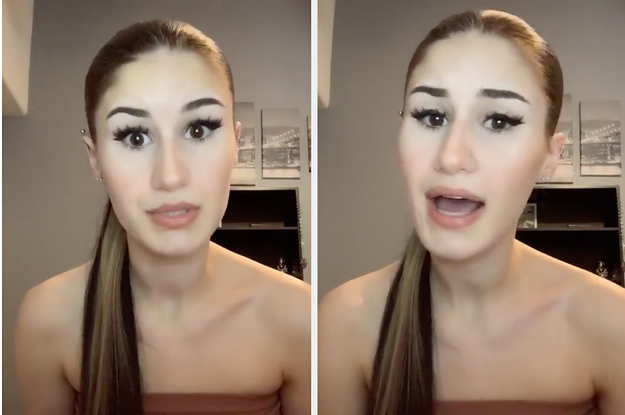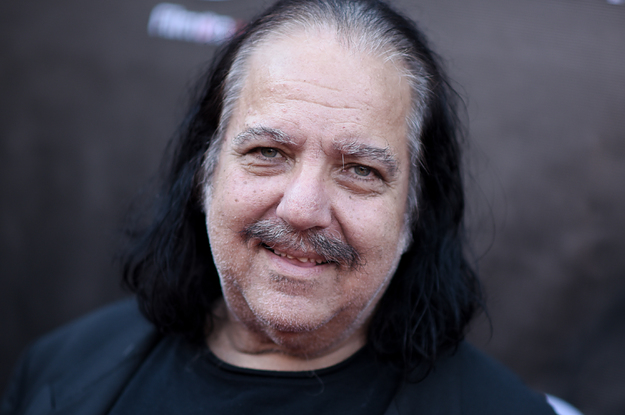Category: Viral
Category Added in a WPeMatico Campaign

NBA players who went abroad at the start of the league’s COVID-19 hiatus were supposed to have returned stateside to join their teams by June 15, according to The Athletic. One player who did not get the opportunity to do that is Denver Nuggets All-Star Nikola Jokic, and per a report, that’s because Jokic tested positive for the novel coronavirus.
Adrian Wojnarowski and Brian Windhorst of ESPN bring word that Jokic returned to Serbia, and last week, he was tested for the virus that has more than 9 million documented cases worldwide. In a bit of good news, Woj and Windy report that Jokic has been asymptomatic, and that the expectation is that he’ll get the green light to head to Denver soon.
Reporting with @WindhorstESPN: Nuggets star Nikola Jokic tested positive for the coronavirus in Serbia and his return to the U.S. is temporarily delayed. He’s been asymptomatic since testing positive last week. Jokic is expected to be cleared to travel to Denver within a week.
— Adrian Wojnarowski (@wojespn) June 23, 2020
It should be noted that timelines for recovery from COVID-19 vary from person to person, but hopefully Jokic will get the all clear as soon as possible. Earlier in the day, Wojnarowski reported that teams around the league are anticipating a number of positive cases to be identified, as clubs are going to begin testing their players as they begin to report to their home markets.
As The Athletic’s timeline for squads other than the Toronto Raptors laid out, teams will begin reporting to their practice facilities on July 1 and taking flights to Orlando, the site of the bubble league, beginning on July 7.
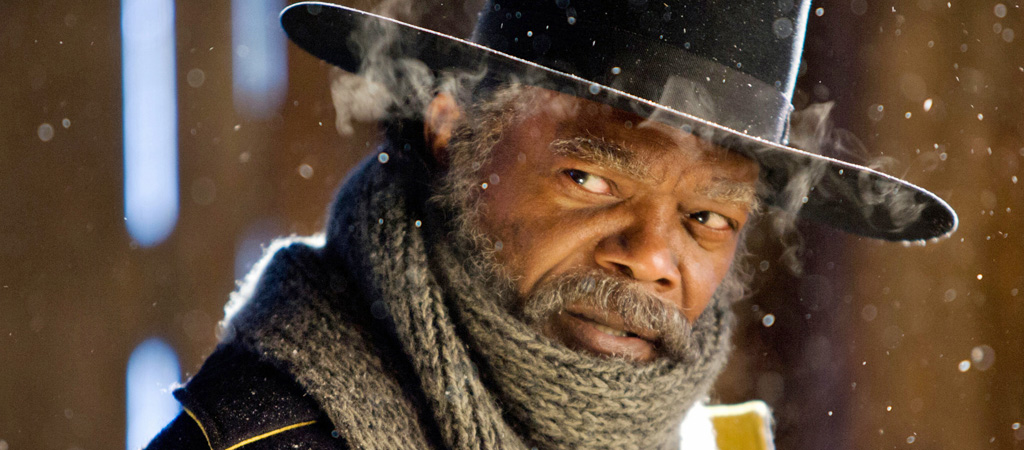
Noted cinephile Quentin Tarantino needed a considerable amount of funding back when he was shopping The Hateful Eight, thanks to his plan to not only shoot with 70mm film but also retrofit theaters so they could properly project the movie. The iconic director had a specific plan in mind, so he was in for quite the shock when he had a meeting with Universal boss Jeff Shell.
According to a new profile of Shell in the Wall Street Journal, the Universal studio chief decided to pitch Tarantino an entirely different approach to The Hateful Eight, which went over about as well as expected. Tarantino clearly wanted a return to the classic cinema form of shooting and releasing on actual 70mm film, and what he was offered was, well, the exact opposite of that.
Mr. Tarantino, a die-hard cinephile, wanted to release the movie on 70-millimeter theatrical prints that required special projectors for the big screen.
Jeff Shell, at the time the head of the Universal studio, voiced his own pitch. “What if we released it on iPhones?” he said.
“Great,” Mr. Tarantino replied, and stormed out of the meeting.
Ultimately, Tarantino reunited with The Weinstein Company, which plunked down money for the 70mm release only to take a financial hit when The Hateful Eight only brought in $155 million at the box office. And speaking of the theatrical release, Tarantino is still salty after arranging for Hateful Eight to play at the famed Cinerama Dome, which was a huge deal to him growing up in Los Angeles. However, as Tarantino tells it, The Hateful Eight was forced out of the Cinerama Dome by Disney who allegedly threatens to pull Star Wars: The Force Awakens from every Arclight theater if it didn’t bump Tarantino’s movie so the Star Wars movie could play at the Dome for an additional two weeks.
“I would never work (with Disney) in any way, shape or form after what they did to me,” Tarantino said a few months after the incident. “They f—ed me over.”
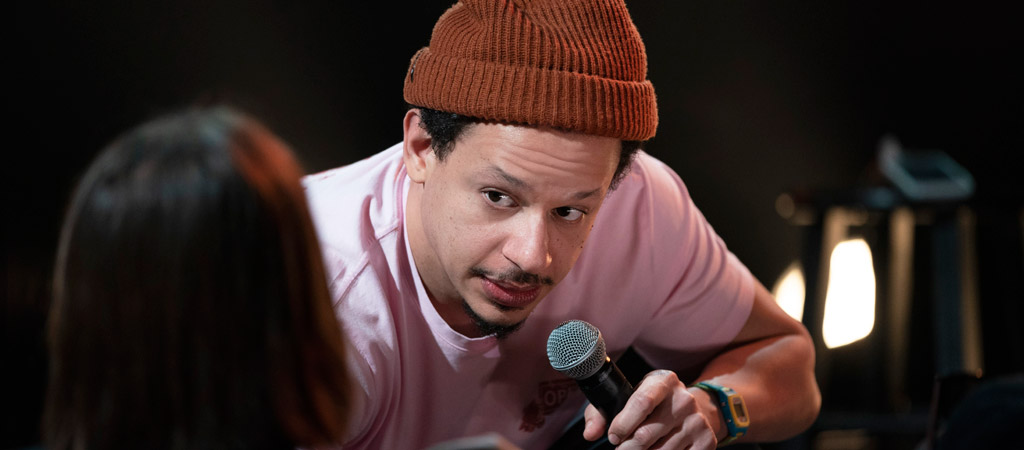
If nothing below suits your sensibilities, check out our guide to What You Should Watch On Streaming Right Now.
Eric Andre: Legalize Everything (Netflix stand-up special, Tuesday) — This New Orleans-filmed special shows Eric Andre once again busting through comedic boundaries while taking on the wars on sex, drugs, and… fart jokes? Alright.
Netflix has also dropped many other comedy specials over the past few months, and here are the highlights:
Pete Davidson: Alive From New York — From SNL to a ton of upcoming movies, Pete Davidson’s doing everything, and now, he’s got his very first Netflix original comedy special. Yes, he’s dropping all kinds of unfiltered anecdotes on everything from his SNL-related discomfort to his Louis C.K. beef and Ariana Grande relationship.
Patton Oswalt: I Love Everything — The Emmy and Grammy winning comedian brings his newest comedy special to the streaming giant. Look forward to anecdotes involving a full-scale Millennium Falcon replica and how home buying gets tied to the term “suicide squad.” Stick around for the post-credits bonus, in which Patton introduces another one-hour comedy special, Bob Rubin: Oddities & Rarities.
Jerry Seinfeld: 23 Hours To Kill — The legendary Jerry Seinfeld has dropped his second Netflix special. Expect him to keep mining everyday life to unveil comedy in the commonplace. Although the title of this special feels Bond-esque, Seinfeld doesn’t disappoint those expecting his trademarked sharp perceptions about everyday life.
Hannah Gadsby: Douglas (Netflix stand-up special) — The newest Netflix comedy special arrives today with Hannah Gadsby following up on Nanette with a second turn named after one of her dogs. Gadsby’s hope was that Douglas would “inspire comedy disobedience,” according to Netflix, and this LA-filmed special promises to upend all expectations.
Marc Maron: End Times Fun — The long-time standup comic, GLOW star, and prolific podcaster unleashes his latest comedy special. Expect Maron’s thoughts on cell phones, vaccinations, and Tumeric. Oh, and he’s definitely talking about his ongoing beef with Marvel movie fans.
Taylor Tomlinson: Quarter-Life Crisis — Taylor Tomlinson has made a high-spirited appearance on The Tonight Show With Jimmy Fallon, and Netflix now presents her first comedy special. Over the course of an hour, Tomlinson will discuss how she’s leaving the mistakes of her early 20s behind her (and tell us why why your twenties are not truly “the best years of your life”).
Tom Segura: Ball Hog — This special promises to not be for the faint of heart, and Segura is leaving no target-stone unturned. He tackles emotionally fragile people, arguments with one’s family, up-ending expectations, and he offers some common sense on following dreams, live from a recent performance in Austin, Texas.
Here are a few options elsewhere on TV:
Stargirl (CW, 8:00 p.m.) — Pat confronts Courtney about recruiting issues with the new JSA while Barbara’s stepping out elsewhere in support of Mike.
Dirty John (USA 10:00 p.m.) — The Betty Broderick Story is an irresistibly trashy series that’s even dirtier that last year’s effort. Betty continues to spiral this week, and the train just won’t stop.
The Late Show With Stephen Colbert — John Bolton, Leslie Odom Jr.
The Tonight Show With Jimmy Fallon — Lin-Manuel Miranda, Kenya Barris, Michael Stipe & Big Red Machine
The Late Late Show With James Corden — Will Ferrell, Billy Porter, Phoebe Bridgers
Late Night With Seth Meyers — Chelsea Handler, Andrew Rannells

A Baltimore restaurant has released a public apology after refusing to serve a black woman and her son because of its dress code. In a video taken of the incident, the boy’s mother, Marcia Grant, clearly points out that while her son, Dallas, wasn’t allowed to be seated, a white child who is wearing a very similar outfit was eating in the restaurant.
The white manager at Ouzo Bay verbally ties himself into knots over why the black child cannot be seated in the restaurant but the white kid —who he can clearly see out the window — was eating with his parents.
The video shows that the black child is wearing athletic shorts, tennis shoes and an Air Jordan T-shirt. The white child, who appears to be just getting up and leaving the table after eating, also has on tennis shoes, an athletic shirt, and blue shorts that may or not be athletic in nature.
“I’m sorry, I would love for you to be able to come back and eat here,” the manager said.
“So you’re telling me my son can’t eat here because he has on athletic stuff?” Grant pushes back.
“No, no, no, just the shorts,” the manager replied. “It is part of our dress code.”
The problem is that the manager is really sticking to his guns and splitting hairs over the two nearly identical outfits. He could have seen the similarities and let them sit down to eat, but he instead refuses service to them when he should have given them the benefit of the doubt.
At that point, it’s nearly impossible not to see his decision as being discriminatory. Especially when he states that the white child’s shirt wasn’t athletic but also admits that he didn’t get a “good look” at the shirt.
Plus, he’s a child. It’s not like his choice of dress is going to disturb other patrons.
“This was not about dress code it was about a black child being treated differently than a white child,” Grant wrote on Instagram. “My 9yo was so hurt to see a white child that looked like one of his friends at school and somehow you adults can not seem to understand that this was not about dress code.”
The restaurant’s parent company, Atlas Restaurant Group, apologized for the incident and said the manager had been placed on indefinite leave. It also immediately changed its dress code so that children 12 and under will not have to adhere to one as long as they are accompanied by a parent.
The incident calls attention to the sometimes not-so-subtle dress codes at bars and restaurants that are aimed at specific ethnic groups. Some places specifically call out baggy clothing, Jordan shoes, flat-bill hats, facial tattoos, and doo-rags.
While others have codes that are ambiguous and allow the door person to make a judgements based on their personal prejudices.
Ouzo Bay’s vague ban on athletic shorts invites the manager to project their own biases on the customers, allowing situations where black patrons are discriminated against and white are allowed to eat.
In the end, the sad news is that a nine-year-old boy had to face the ugly reality of racial inequality in America by seeing it in full view, first-hand. “He’s 9 years old. It was so hard for him. He goes to a school that’s about seventy-percent white,” grant told Black News Network.
“They always teach the kids they are the same,” she added. “It was really hard for Dallas to see a kid that looked like one of his friends at school sit and eat there and he couldn’t.”
After several years as the primary songwriter in Australian indie group Teeth And Tongue, Jess Cornelius is ready to pivot to a solo career. Since making the switch, Cornelius has also undergone some major life changes. Cornelius picked up and moved from Australia to LA with her partner and shortly afterward found out she was pregnant. The singer translated these experiences into song, and Cornelius has shared the lead single, “Body Memory,” off her debut solo album, Distance.
“Body Memory” arrives alongside a comical video. The singer, dressed head-to-toe in a royal blue sweatsuit, dances across the dusty hills of California. In a statement, Cornelius said the visual changed directions as soon as she arrived on location:
“Originally I had a much more elaborate, narrative-based concept, where I was this woman running away from a cult, (hence the tracksuit and Nikes), to be filmed in Oildale and Posey where my partner, Joe, is fixing up an old cabin. At the last minute, we decided to drive to Lake Isabella because of supposed good visuals there. I was grumbling all the way there about how the location wouldn’t fit with my shot list, but when we got there and I started dancing on rocks, we just threw away the shot list and made it up as we went along. The editing was fun because I’m teaching myself Premiere Pro (thanks YouTube tutorials) and I got to throw every hilarious video effect at it. We were also heavily influenced by Laraaji’s videos, obviously.”
Listen to “Body Memory” above.
Distance is out 7/24 via Loantaka Records. Pre-order it here.

LeBron James and Draymond Green have had a number of high-profile battles over the years. Despite this — and despite how heated some of their interactions have been — the pair have made it clear that they respect one another as players and as individuals. Green took that respect to a new level on Tuesday, when he expressed his hope that James will one day seek the nation’s highest office.
Green, who is part of James’ recently-announced “More Than A Vote” initiative, appeared on ESPN’s First Take and got asked about the power James has in the world of basketball. He did not hesitate to share how he views James on and off the court, culminating in his endorsement that James should seek out the presidency some day.
“Hopefully [LeBron] will run for President one day.”
Draymond Green speaks on LeBron’s power on and off the court, and thinks he should run for office. pic.twitter.com/nsc4WXseE9
— First Take (@FirstTake) June 23, 2020
“I think LeBron yields a lot of power, as he should,” Green said. “I think arguably the greatest player of all time, you look at his resume, it’s flawless on and off the court. The things that he’s been able to do on the court, obviously spectacular, but it’s more important the things that he’s been able to accomplish off the court, and that’s where he gets the utmost respect from me from.
“It’s not about, for me, what he’s done on the basketball court,” Green continued. “As a competitor, I enjoy playing against him, enjoy playing against the best. But what he’s done off the court, the initiatives that he’s been able to lead, and this is just another example of that. I have the utmost respect for him, hopefully he [will] run for president one day.”
An individual expressing their admiration for James and even going as far to say that he should enter politics one day is nothing new, but this is extremely high praise from Green. Time will tell if James is going to run for president — 2020 is obviously not happening, and who knows if he’ll still be playing in 2024, so maybe 2028 will be his time to shine. If this does happen some day, James would certainly hope that he’d do better than the last NBA champion who made a bid for the White House.

It’s been about four months since COVID-19 was officially deemed a pandemic, and despite the fact that people nationwide are rushing to get back outside, the virus hasn’t gone anywhere. While public concern over COVID seems to have shifted from full-blown terror to irresponsible boredom, the numbers keep climbing. Though CNN reports that 17 states across the country are reporting a decline in new cases — including New York, the springtime epicenter of the virus in America — 23 states are reporting a rise in cases.
As of Mid-June, according to data collected by Johns Hopkins University, 9 million people worldwide have been infected with the coronavirus, resulting in over 468,000 deaths. In America, over 2.5 million people have become infected with the virus, resulting in over 120,000 deaths nationwide. CNN reported last week that ten states saw a record number of coronavirus cases — with Alabama, Arizona, California, Nevada, North Carolina, Oklahoma, Oregon, South Carolina, and Texas all reporting their highest seven-day averages since the start of the pandemic. This week, states like Florida and Texas have continued to see a rise in cases.
Anyone hoping that the coronavirus would sort of just… disappear with the arrival of summer weather needs to accept that that isn’t going to happen. Even accounting for increased testing, the data doesn’t support a summer slowdown in much of the country. As states continue to ramp up their reopening processes, it’s important that we each take stock of everything we currently know about how this virus is transmitted. That way, if we do decide to venture outside, test the waters in a park or public space, or try a contact-less road trip, we’re doing our part not to further spread the virus in our communities. Keep in mind that while in all likelihood you’ll survive your brush with COVID-19 (assuming you don’t have any preexisting conditions), being a carrier puts vulnerable populations around you at risk.
This is a communal issue: we all have a responsibility to help keep people safe. Because, you know, we’re living in a society. So read up on everything currently known about COVID-19 transmission.
What Scientists Know
According to the CDC, COVID-19 is spread from an infected individual by way of respiratory droplets that are dispersed when talking, coughing, sneezing, and even breathing. When enough virus from an infected individual enters your respiratory system, the virus makes its way to the respiratory tract, where it binds to ACE-2 receptors, replicates, and causes infection. While surfaces can become contaminated, the Wall Street Journal reports that scientists have found that contraction of the virus by way of contaminated surfaces, or brief and fleeting encounters with infected individuals, is highly unlikely and that the major way a person contracts the virus is through extended periods of interaction in a poorly ventilated space.
That means that things like plexiglass barriers at the market, good ventilation systems, outdoor dining, and yes, wearing masks, actually are an effective way of preventing spread.
How Effective Are Face Masks?

We know N95 masks filter out over 95% of viral particles when worn correctly. So those definitely work. But what about that stylish new cloth face mask you’re rocking? Is that doing anything? While scientists can’t say how definitively effective a cloth mask is, several studies have shown that face mask requirements are keeping us safer. A lot of mask haters out there will quickly point out that face masks don’t protect a non-sick person from getting sick, but they can prevent a sick person from easily spreading the virus. Respiratory droplets can survive in the air and linger in aerosols, so the less respiratory droplets an infected person is spreading, the better, and since you can have the coronavirus and be completely asymptomatic, it’s just safer if everyone wears one.
A study published in The Proceedings Of the National Academy of Sciences found that mask policies in the epicenters of the Wuhan and New York City outbreaks may have prevented tens of thousands of infections. Researchers in the study noted a change in infection trends in both Italy and New York City once governments enforced mask-wearing. In New York City, mask-wearing policies resulted in a 3% per day decline in the city’s daily infection rate. The researchers concluded that “Face covering prevents both airborne transmission by blocking atomization and inhalation of virus-bearing aerosols and contact transmission by blocking viral shedding of droplets.”
Similarly, a review of over 170 observational studies published in The Lancet, found that face masks could result in a large reduction of risk of infection, especially when combined with physical distancing.
How Serious Is Asymptomatic Spread?
Pretty serious. While the World Health Organization seemed to suggest last week that asymptomatic spread was very rare, they’ve since reclarified their position and the hard truth is we just don’t know how much asymptomatic spread has driven the number of cases globally. What we do know is that whether you’re asymptomatic or not having the virus means you’re capable of spreading it.
WebMD points to a study conducted by The Scripps Research Institute that suggests that as many as 45% of people infected with COVID-19 show no symptoms. When you consider that respiratory droplets containing infectious viral loads can be spread by simply talking and breathing, and nearly half of all people infected with the virus have no symptoms, it’s seems at (at least on an intuitive level) likely for an asymptomatic person to spread the coronavirus without even knowing they have it.
Which is just another reason you should absolutely wear your mask.
Exposure Time Matters

Prolonged exposure to the virus is a major factor in the transmission of COVID-19. Speaking to the Wall Street Journal, John Brooks, the chief medical officer for the COVID-19 response team at the Center for Disease Control and Prevention defined prolonged exposure as 15 minutes or more of unprotected contact with someone less than six feet away.
“The longer you spend in that environment… the more virus you breathe in, the more it can build up and establish infection,” says Erin Bromage, a comparative immunologist, and professor of biology at the University of Massachusetts, Dartmouth, while speaking to CNN, “It’s always a balance of exposure and time. If you get a high level of exposure, it’s a short time (to infection, and if you get a) low level of exposure, it’s a longer time before that infection can establish.”
Poorly ventilated spaces in which people are in close proximity, sharing air, is a recipe for what is called a “superspreading” event, like what happened in a Washington church choir practice in March — where a single infected individual infected 87% of the attendees after a 2 1/2 hour practice. CNN also points to an incident at a restaurant in Guangzhou, China on January 24th, where a single infected person spread the virus to four people are their table, two people at a nearby table, and another three at another nearby table after an air conditioner in the restaurant recirculated the respiratory droplets to other patrons.
As you can imagine, these dangers pose a risk as we begin to reopen the economies of several states and allow in-person dining and church services to continue. It’s also the reason why we shouldn’t have gyms, concert venues, indoor conferences, or bars opened until we develop widespread testing, contact tracing, and systems to isolate those who have become infected or exposed.
Are Any Treatments Promising?
While it’s true that a majority of people who contract coronavirus will suffer little more than symptoms that match a fever, a new study published in Lancet Global Health found that 22% of the entire global population has at least one pre-existing health condition that would put them at risk for suffering severe symptoms from COVID-19 infection. If you’re one of those 22% percent with a pre-existing condition or even know someone who is, that’s a pretty scary fact. Hydroxychloroquine, a drug once touted by President Trump as a “miracle,” has been found to be ineffective by studies conducted by the Veterans Health Administration and the University of Minnesota, and the drug’s emergency use authorization has since been revoked by the FDA. However, Remdesivir, another promising early drug has been shown in a study by the New England Journal of Medicine to reduce deaths amongst several ill patients and reduce the time patients spend in the hospital.
Additionally, a recent clinical trial conducted by researchers at the University of Oxford found that a cheap commonly prescribed steroid, dexamethasone, can greatly reduce mortality among hospitalized patients on ventilators and oxygen support. But while some drugs have proven promising in the treatment of COVID-19, it’s important to remember that none of them are cure-alls.
What We Don’t Know
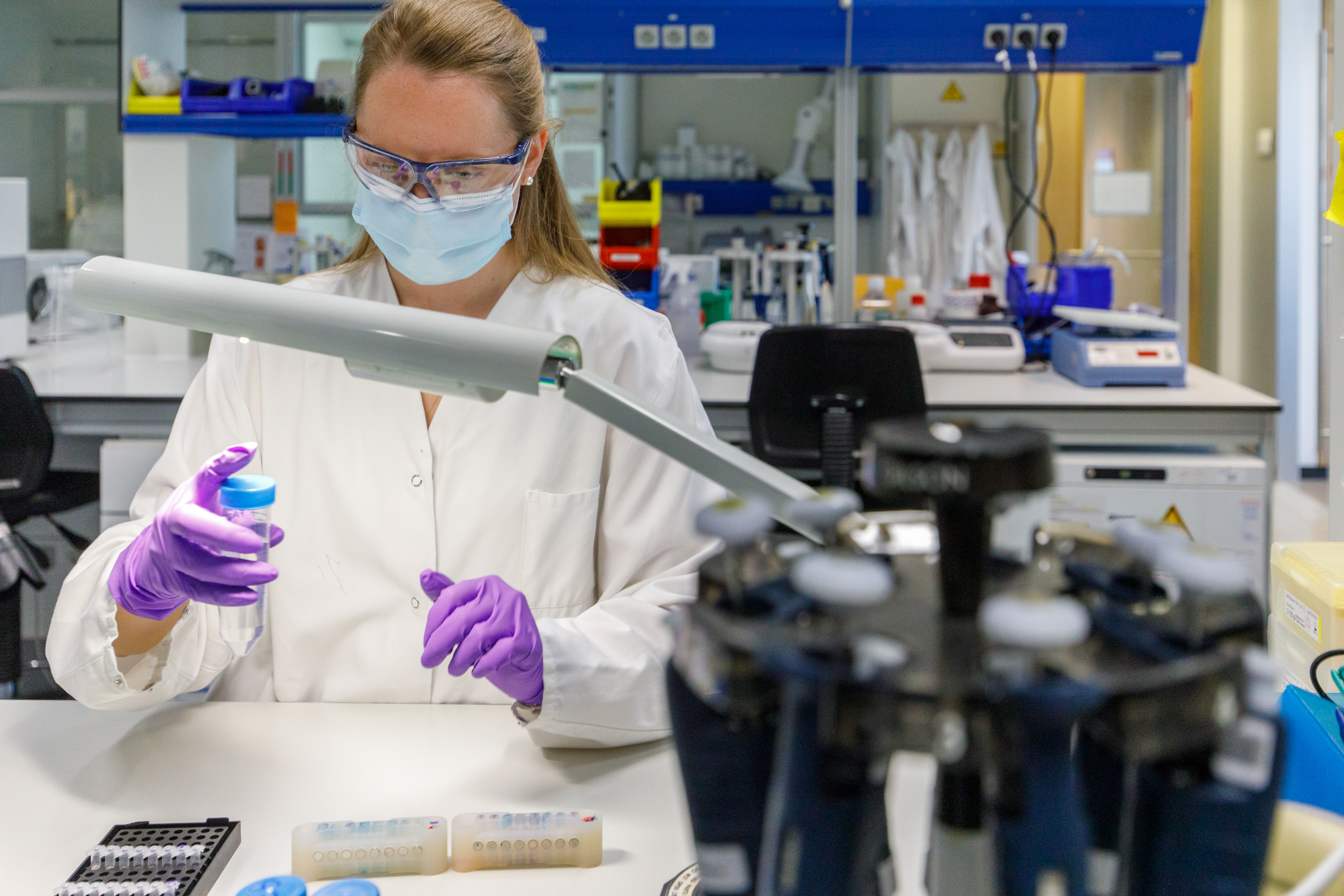
Unfortunately, the list of things we don’t know about the virus is pretty substantial. One of the major things we don’t know yet is just how much viral load it takes to cause an infection or whether that varies from person to person. We also have no idea whether people who have contracted the virus now have long term antibodies to provide immunity to future infection. That leaves prospects like a second wave doubly troubling.
But the biggest and most important thing we still don’t know is when we’ll have access to a viable vaccine. Market Watch reports that there are currently 13 vaccine candidates for COVID-19 in clinical trials, and while some studies show promise, the process for a vaccine to be developed safely can take years. Just this morning, Dr. Anthony Fauci, director of the National Institute of Allergy and Infectious Diseases, told Congress that he is “cautiously optimistic” for a vaccine by the end of 2020.
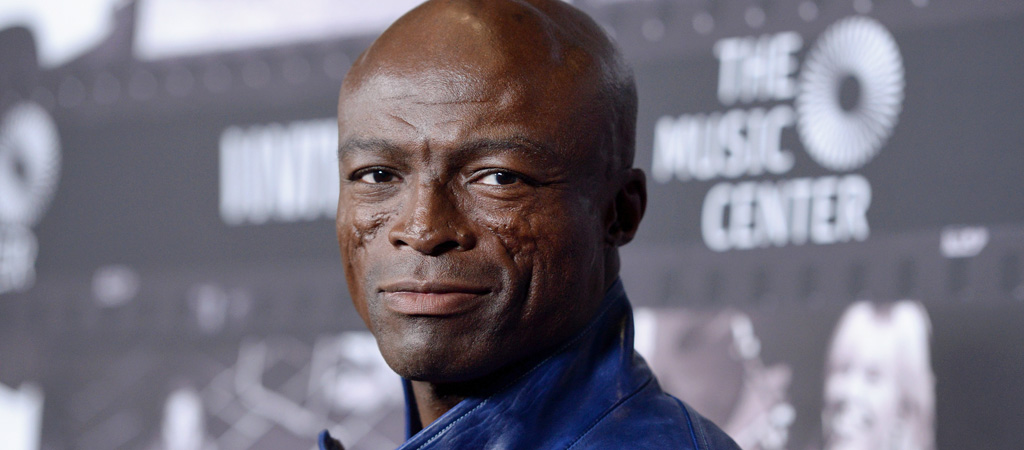
In an Instagram video honoring the late director Joel Schumacher, singer/songwriter Seal revealed the story of how “Kiss From a Rose” made it into Batman Forever and basically saved his entire career. While the song is synonymous with the 1994 Batman film and is arguably one of the defining hits of the 1990s, it actually was a flop when it was first released. According to Seal, if it wasn’t for Batman Forever, “Kiss From a Rose” would’ve vanished into the ether.
“It was the fourth song from my second album, fourth single, and it went into the charts at number 60, dropped to 80-something the next week, and that was the end of it,” Seal says in the video. “It was over, the promotion of that second album was done.”
As Seal tells it, he was working on his third album when Schumacher reached out, identified himself as a fan, and asked if he had anything to use for a love song for Batman Forever. A downtrodden Seal said he had nothing at the time, but fortunately, the singer talked to his manager who passed along “Kiss From a Rose.” Schumacher loved it so much that he made it the end credits song and directed the hugely popular music video, which rocketed Seal to superstar fame. He went on to win three Grammys for Record of the Year, Song of the Year, and Best Male Pop Vocal Performance, and it was all thanks to a phone call from Schumacher. Via Comic Book:
“I wanted to tell you that story because I didn’t think a lot of people knew that. It’s the song that has pretty much defined my career and I am perhaps most popular or most known by it. So I owe my career I guess, in large part, to Joel Schumacher, who took a chance….I just want to say I love you Joel. I thank you very much for everything that you’ve done for me and the joy and the love that you’ve brought to millions of people all around the world.”
You can watch Seal’s tribute to Joel Schumacher below:
(Via Seal on Instagram)

